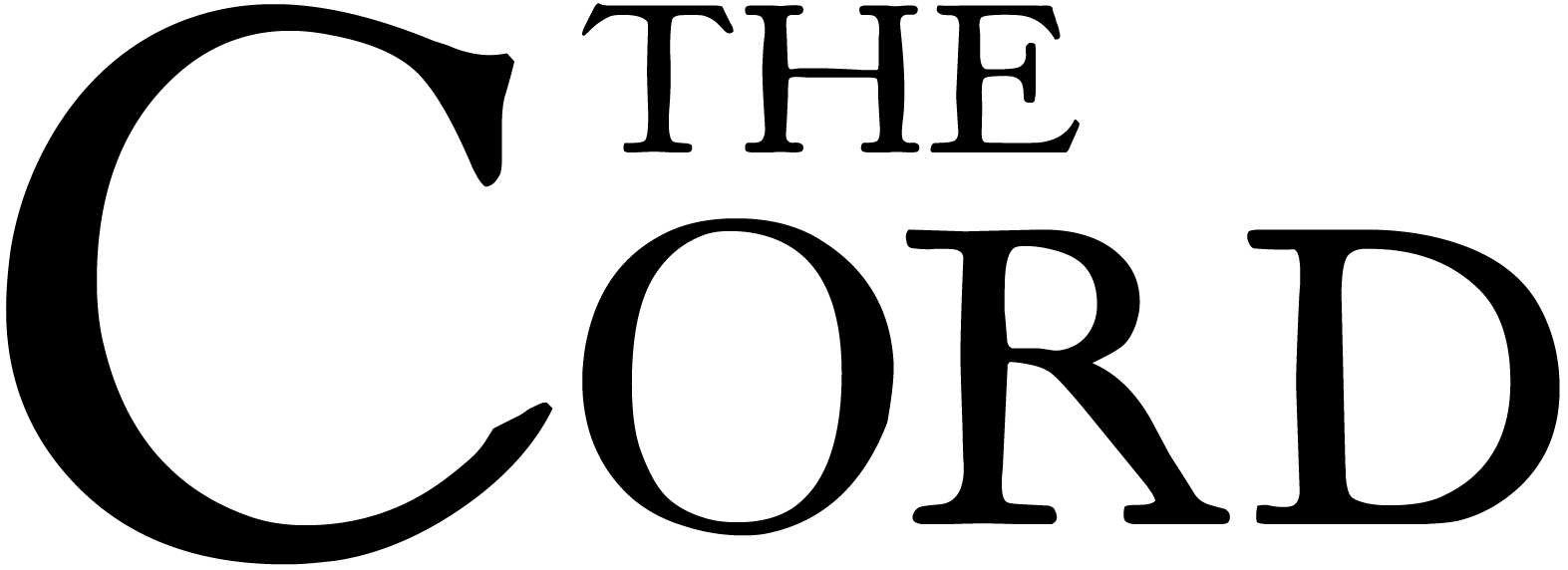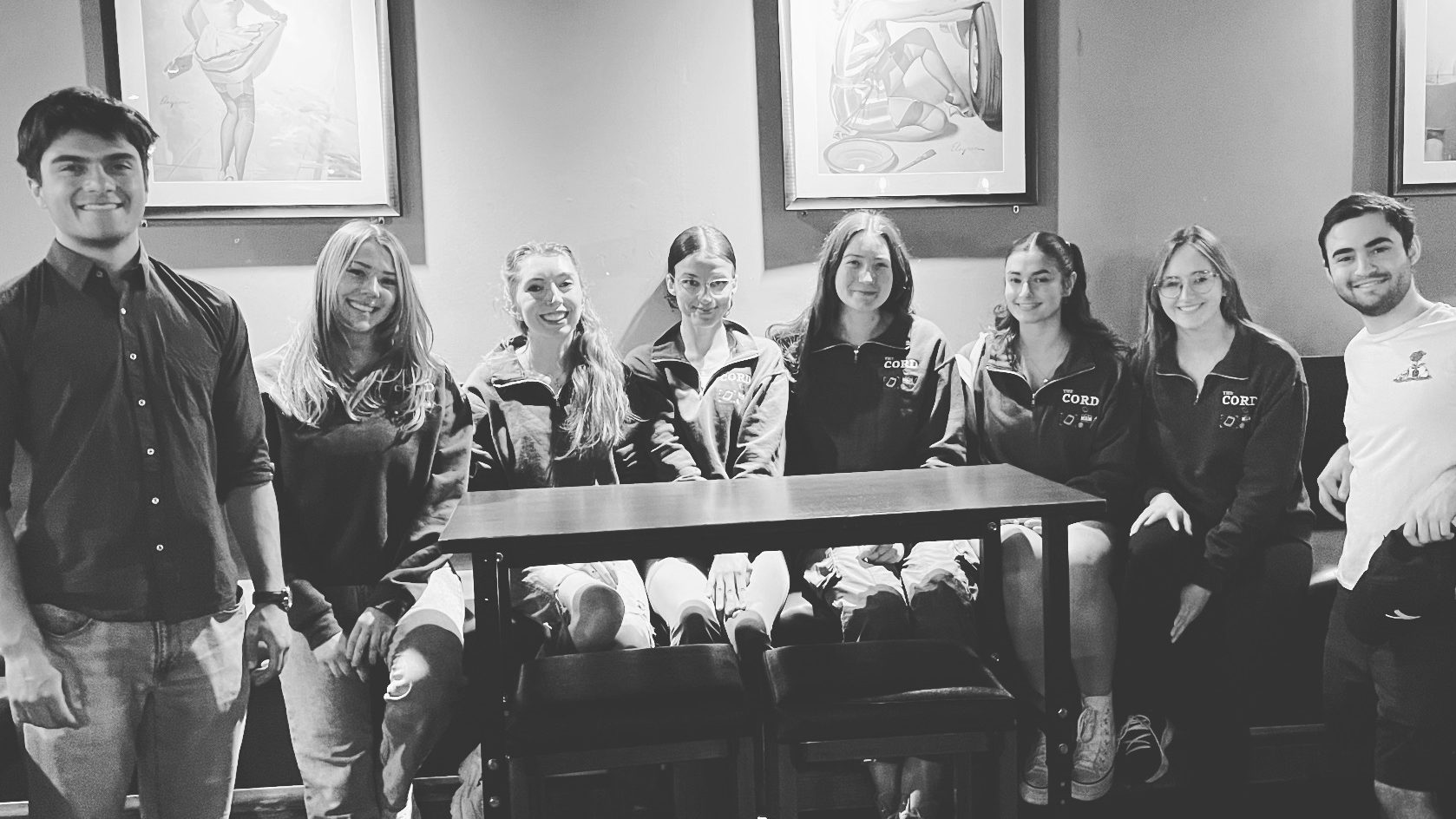Last March the world of Canadian Interuniversity Sport (CIS) football had its eyes opened when nine Waterloo Warrior football players tested positive for steroids.
It then became plain that performance-enhancing drugs are a very real problem in Canadian university football.
What ensued over the summer was the beginning of a veritable war on steroids within CIS football.
The University of Waterloo (UW) decided to shut down its football program for the year, athletes were randomly tested at their summer residences and the CIS — partnering with the Canadian Centre for Ethics in Sport (CCES) — vowed to crack down on doping with more aggressive testing measures and heightened education programs.
Early on the morning of Jan. 12, 67 of the approximately 80 members of Laurier’s football team were subjected to unannounced drug tests, marking the first major action in this “war on steroids.”
“I think it’s an illustration of our commitment to [deterring steroid use],” said CIS chief executive officer Marg MacGregor. “University athletes will start to see that more testing will take place and there will be a greater degree of unpredictability when it comes to where and when those tests take place.”
That unpredictability of testing was exemplified on Jan.12 as the Hawks were left questioning what was going on when a last minute message from head coach and manager of football operations Gary Jeffries informed them that their originally scheduled weight training session had become a mandatory team meeting.
“Mandatory definitely had a negative connotation and usually when we have a meeting there’s a specified reason,” said Laurier receiver Dillon Heap. “We knew it had to be something serious.”
An unannounced drug test of this magnitude marks a shift in the approach of the CCES — who decides whom to test, when to test them and ultimately carry out the testing process — as the strategy in recent years has been to randomly test a handful of athletes on different teams as opposed to the majority of a single team.
The only other recent example of an entire team being subjected to drug testing was last March at UW. However, that test came about due to former Warriors Nathan Zettler and Brandon Krukowski being charged with possession of and intent to traffic performance enhancing drugs.
This has made the tests that took place at Laurier even more unprecedented.
“You want to catch the cheaters but you also want to send the message to the athletes that they could be tested any time, anywhere,” said CCES president and CEO Paul Melia. “Performing that test [at Laurier] at that particular time was really important in our overall plan for the year and sending the strongest possible message.”
The CCES did not reveal why Laurier was the first team to be subjected to such a large-scale unannounced test; however, Melia stressed that, “Carrying out a test isn’t meant to suggest that an athlete is guilty.”
While agreeing that this brand of unannounced testing is an effective means of deterring steroid use, Laurier’s director of athletics and recreation Peter Baxter notes that the CCES must go a step further.
“We need to continue testing around the country,” he said. “If they don’t test out west, if they don’t test in Quebec, if they don’t test out east, the message that they’re trying to get across with this testing will be diminished and undermined.”
However, that degree of countrywide testing will be difficult to bring to reality. With each test costing an average of $800, the testing at Laurier would have cost about $53,000.
Considering the recent reduction in the funding that the CCES received for testing non-Olympic sports — according to Baxter there were 391 CIS football players tested in 1992-93 and just 89 in 2009 — they simply don’t have the resources to continually test entire teams.
While the CFL has partnered with the CIS and CCES in offering more tests, they will only apply to the top prospects in the CFL draft.
“We don’t have unlimited resources. If we did, perhaps we would be testing every player on every team,” said Melia. “But the reality is we have to allocate those resources in such a way to not be predictable in where we might be testing.”
According to Melia, the universities must take on a larger role in doping prevention, something Baxter says Laurier is willing to do.
“Sport Canada, who funds the CCES, shouldn’t be just leaving the CCES holding the bag,” he said. “As an institution I don’t mind putting some money into the testing process but I think first the CCES needs to correct the problem that has happened because of funding.”
While the CCES plans its next move, there is still the all-important matter of the results of Laurier’s tests. Athletes who been found to be using steroids will have their names announced after what is expected to be four weeks.
However, the Hawks are confident that their situation will not turn into one that resembles what happened at Waterloo last year.
“From talking to the UW guys it was pretty evident that there were guys using steroids,” said Heap. “And to my knowledge and to the knowledge of everyone else on the team that’s not happening here.”







